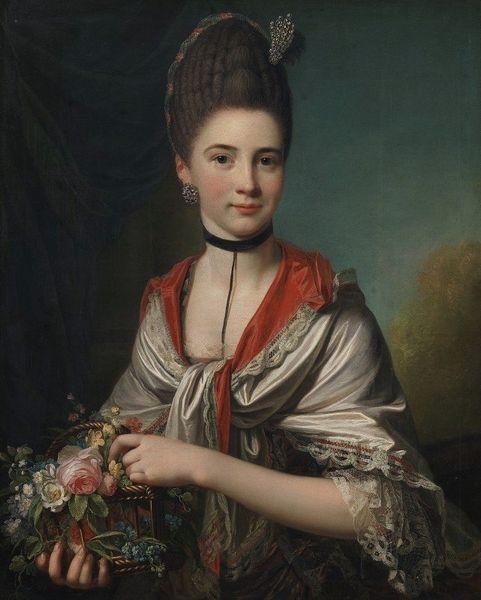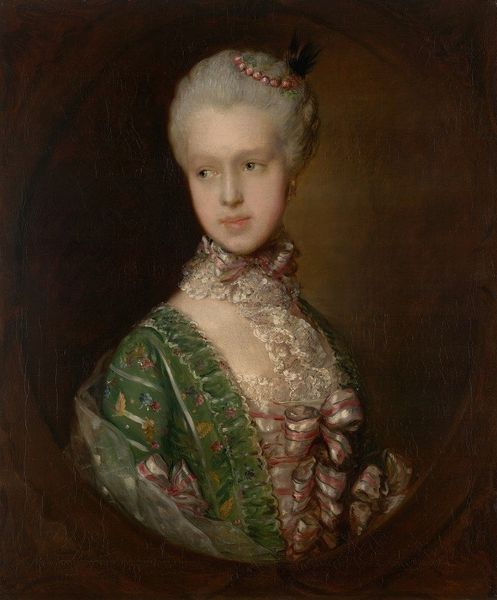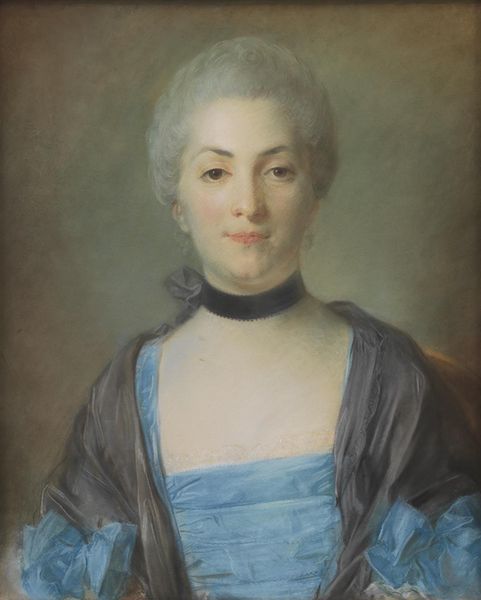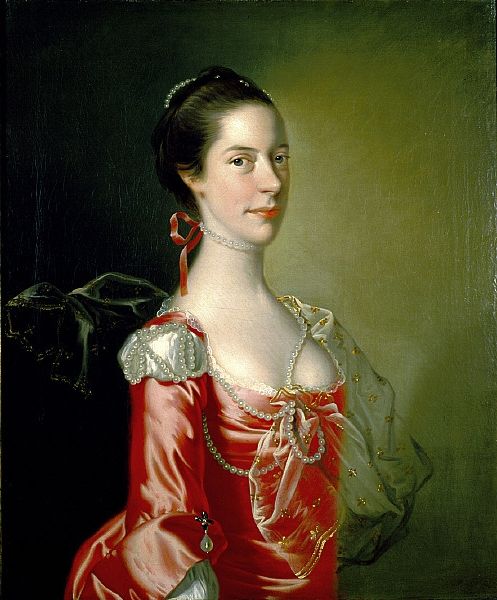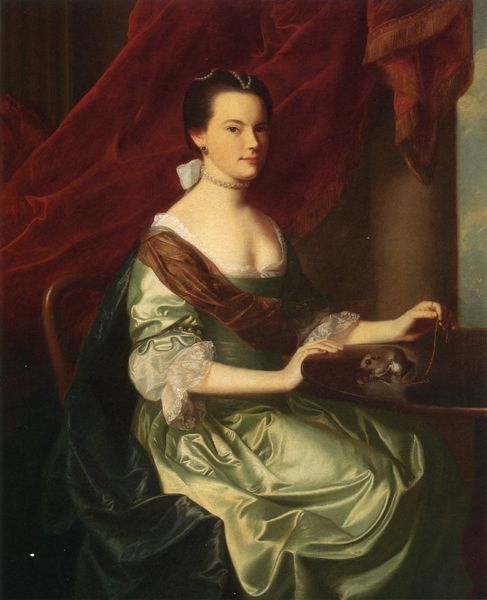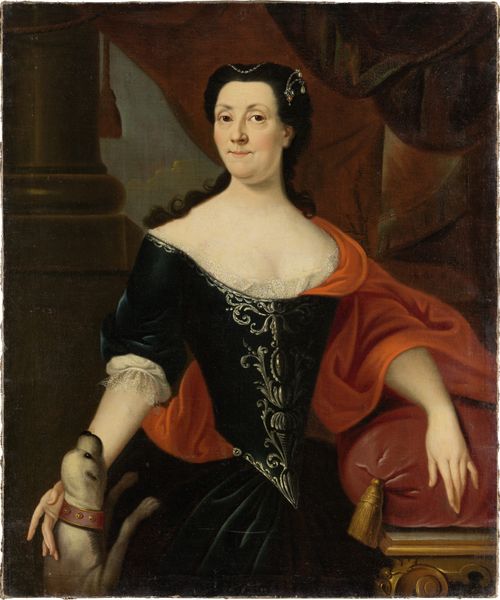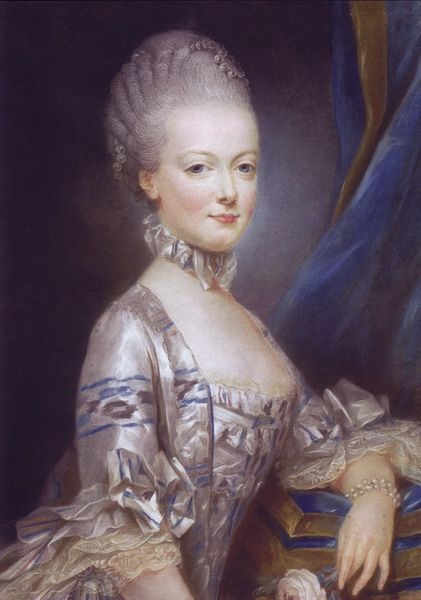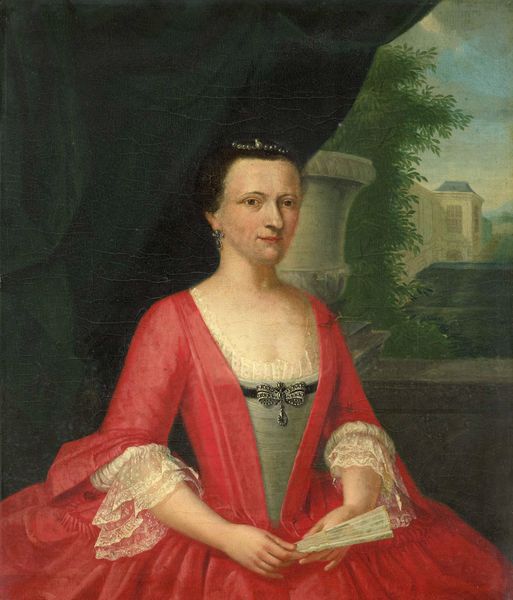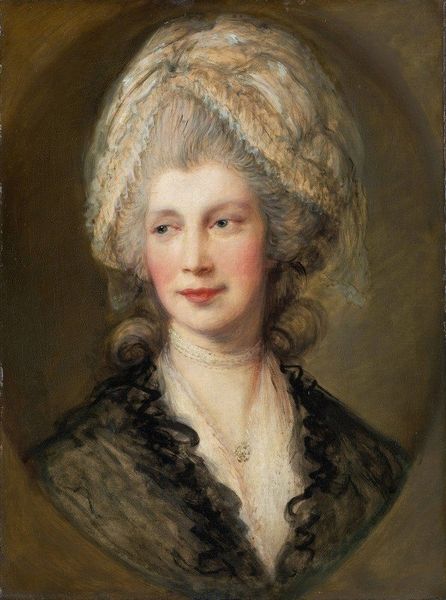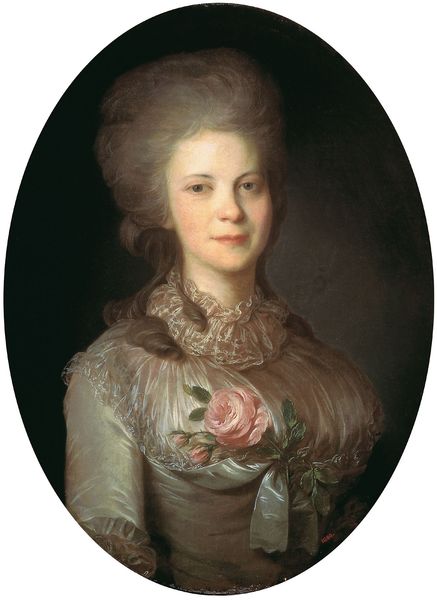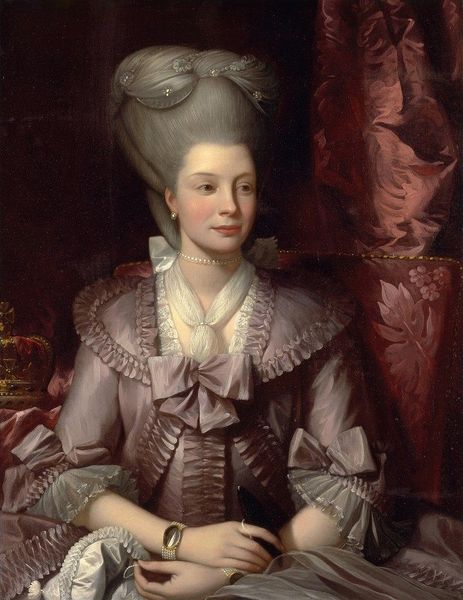
painting, oil-paint
#
portrait
#
painting
#
oil-paint
#
history-painting
#
rococo
Copyright: Public domain
Curator: Marcello Bacciarelli painted this portrait of Marie Christine in 1766. It is currently held at the Kunsthistorisches Museum in Vienna. Editor: What immediately strikes me is the formality of the composition. It's balanced, refined, and the subject’s posture conveys an impressive elegance. The colour palette is also striking: muted greys that contrasts with the brightness of her red dress. Curator: Absolutely, and what we see in her attire are signifiers of her status and of the historical context. This was painted during the Rococo period, known for its extravagance, but also for its shift in aristocratic taste towards a self-conscious embrace of 'naturalness.' Marie Christine, as an Archduchess, was bound by those expectations even as trends shifted. The tension between displaying status and conveying approachability would have been a daily experience for her. Editor: You can see this conflict mirrored in Bacciarelli’s brushwork; notice the precise detailing on her jewelry, contrasted against the softer treatment of the drapery. It’s almost like a game of visibility, each area vying for the viewer's attention, structured as contrasts. Curator: Considering her role in Austrian political and intellectual life during the Enlightenment, it is probable that this contrast in styles also indicates her attempts to strike a balance between her public role and the demands of tradition. I find the background rather insightful, in the almost obscured, garden setting. Editor: Yes, there’s a faint idyllic touch to the overall setting, framed within very careful proportions and lines. Curator: These paintings provide incredible access to lived social complexities that may otherwise be overlooked. This portrait of Marie Christine is more than just a visual representation, it tells the story of identity as it intersected with gender, class, and politics in the late 18th century. Editor: Indeed. Observing Bacciarelli’s careful compositions and stylistic choices reveals a powerful convergence of materiality, structure and symbolic significance. Each element is carefully placed, creating not just a visual experience, but also a discourse on beauty, order, and class representation.
Comments
No comments
Be the first to comment and join the conversation on the ultimate creative platform.
